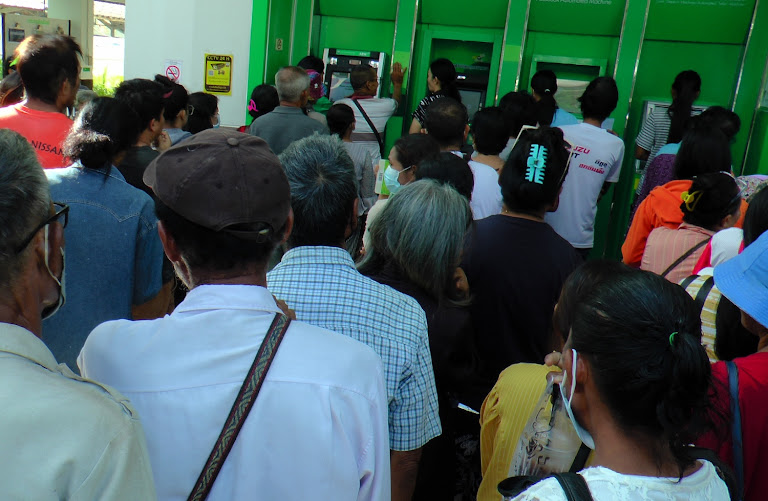Thailand’s handout reallocation of 35B Baht sparks fiscal scrutiny.
Amidst economic worries, the handout’s reallocation of 35 billion baht from debt repayment sparks fiscal transparency concerns for Thailand.

Thailand’s latest round of cash handouts, a 10,000 baht disbursement to 2.7 million young people, is slated for cabinet discussion, as reported by the Bangkok Post. While the Deputy Finance Minister, Julapun Amornvivat, assures the public that the rollout, planned for May and June, remains on schedule, this third phase of the stimulus program arrives amidst a storm of economic uncertainty and political controversy. These recent findings highlight a tension at the heart of contemporary economic policymaking: the struggle to balance short-term relief with long-term stability.
This initiative isn’t just about putting cash in people’s hands; it’s about the underlying assumptions driving the policy, the effectiveness of direct cash transfers as a stimulus tool, and the potential ramifications for Thailand’s fiscal health. The government maintains that this program is vital to boost consumption and invigorate a flagging economy. Yet, critics point to the underwhelming impact of the first two rounds of handouts, raising the question: Is this truly stimulus, or simply a politically expedient move in a volatile economic climate?
The reallocation of 35 billion baht, originally earmarked for debt repayment, to fund this initiative adds another layer of complexity. While the government insists the budgetary process was followed meticulously, the allegations of impropriety and the subsequent petition to the National Anti-Corruption Commission underscore a deeper concern about fiscal transparency and accountability. This isn’t merely a technical debate about budgetary line items; it’s about public trust in the government’s ability to manage public funds responsibly.
“The true measure of a government’s economic stewardship isn’t just the amount of money it spends, but the wisdom and effectiveness with which it invests in its people and its future.”
The World Bank’s recent downward revision of Thailand’s GDP growth forecast, from 2.6% to a mere 1.6%, further complicates the picture. While external factors like U. S. trade and tariff policies undoubtedly play a role, this downgrade also speaks to underlying structural vulnerabilities within the Thai economy.
Several key factors converge to create this precarious economic landscape:
- The efficacy of direct cash transfers in stimulating consumption remains debated, with evidence from previous rounds suggesting limited impact.
- Global trade uncertainties, particularly with the U. S., create a volatile backdrop for economic planning and forecasting.
- Allegations of budgetary irregularities erode public trust and raise questions about the government’s fiscal priorities.
- The World Bank’s lowered GDP growth forecast underscores the fragility of the Thai economy and the challenges ahead.
These converging pressures create a complex system of interacting forces, each with its own set of risks and uncertainties. The government’s response to these challenges will be a crucial test of its economic management capabilities and its commitment to long-term stability. The 10,000 baht question isn’t just about the immediate impact of the handouts; it’s about the broader implications for Thailand’s economic future.









